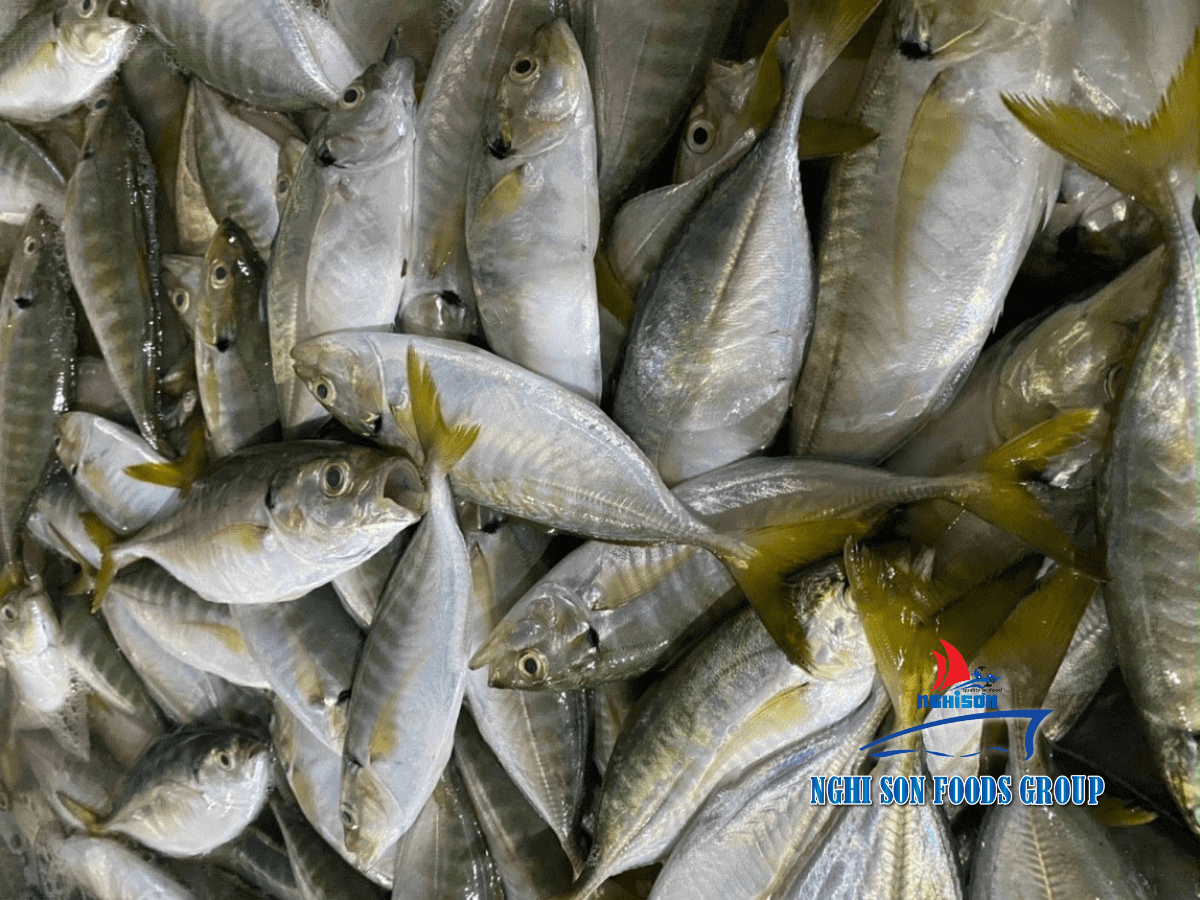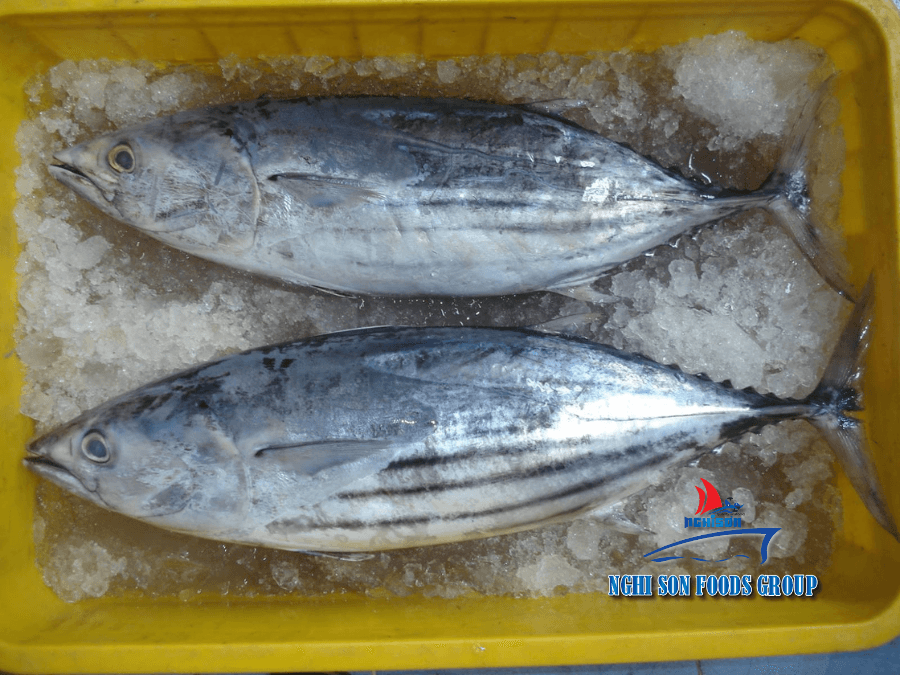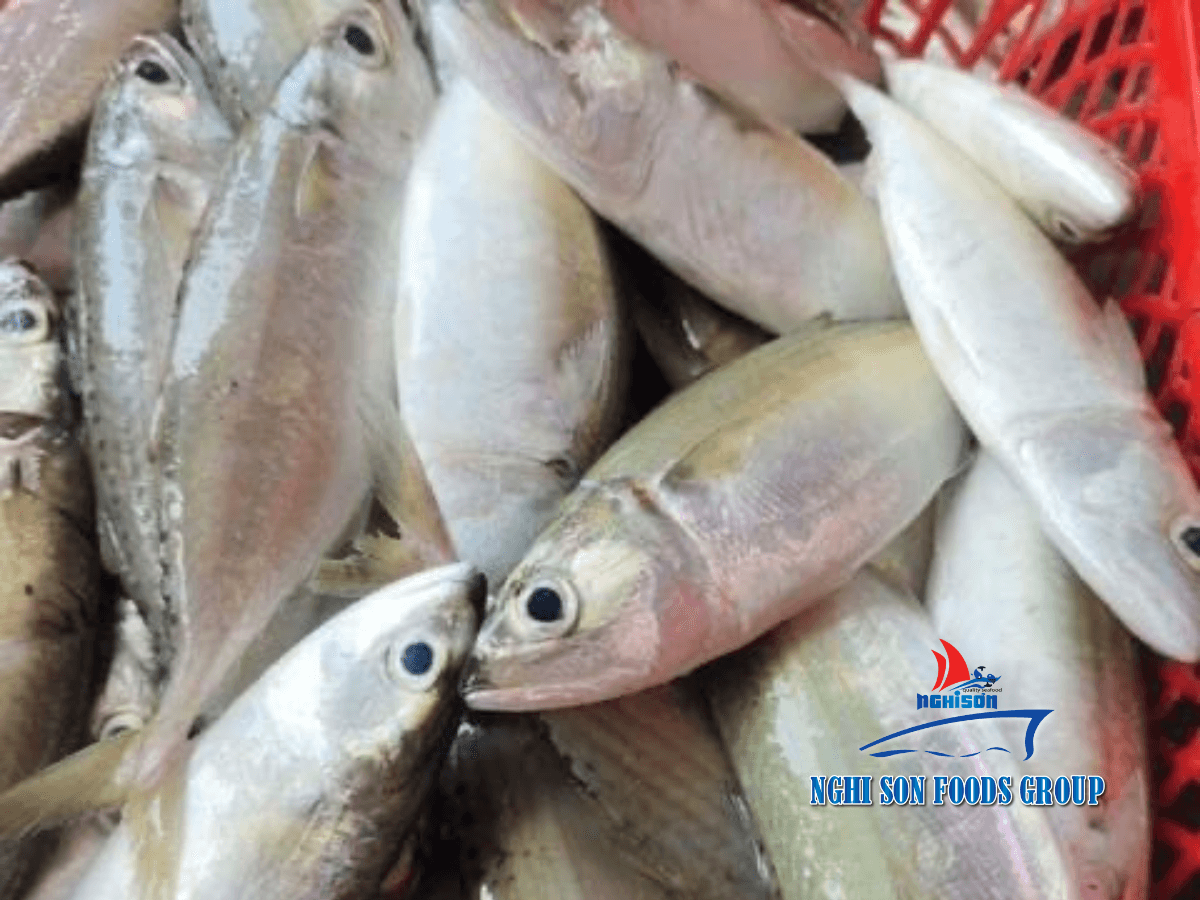Table of Contents
ToggleFavorable Market Conditions in the EU
According to seafood experts in Vietnam, the European Union (EU) holds significant potential as a market for the country’s shrimp industry in the coming year. As the largest shrimp market globally, the EU’s demand for shrimp surpasses its domestic production capacity, creating opportunities for Vietnam’s shrimp exports.
By leveraging the preferential tariff and adhering to the rules of origin outlined in the EU-Vietnam Free Trade Agreement (EVFTA), Vietnam’s shrimp industry is poised to expand its presence in the EU market, states Trương Đình Hòe, the General Secretary of the Vietnam Association of Seafood Exporters and Producers (VASEP).

Tariff Benefits and Competitive Edge
Under the EVFTA signed on June 30, 2019, import tariffs for most raw shrimp, including fresh, frozen, and chilled products from Vietnam into the EU, will be reduced from the current rates of 12-20 percent to zero once the agreement takes effect, expectedly in the coming year.
Additionally, import tariffs for processed shrimp will gradually decrease to zero over a seven-year period. With these tariff advantages, Vietnam possesses a competitive edge in exporting shrimp products to the EU. Currently, the EU accounts for approximately 31 percent of global shrimp exports and 22 percent of Vietnam’s shrimp exports.
Key Requirements for Expanding EU Market Presence
To fully capitalize on the opportunities in the EU market, VASEP emphasizes the need for immediate and long-term actions. These include establishing a certified shrimp supply chain with competitive prices and developing a distinct Vietnamese shrimp brand.
To achieve these objectives, the shrimp industry requires support from the Ministry of Agriculture and Rural Development and the General Department of Fisheries in effectively monitoring shrimp farming practices and preventing the use of prohibited chemicals.
Furthermore, assistance is needed in restructuring shrimp farming areas and establishing large-scale farms and cooperatives that adhere to international aquaculture standards.
Leveraging Generalised System of Preferences Treatment
Vietnam’s shrimp industry can further benefit by leveraging the Generalised System of Preferences Treatment (GSP) to reduce import tariffs on high-quality processed food. For instance, while the EU imposes a basic import tariff of 20 percent on boiled shrimp products from all countries, Vietnamese boiled shrimp enjoys a reduced rate of only 7 percent under the GSP tariffs.
This not only enhances the competitiveness of Vietnamese boiled shrimp but also increases its value. Consequently, higher purchase prices for raw materials can be achieved, resulting in increased income for farmers and the ability to improve the quality of raw materials to meet international standards.
Meeting EU Standards and Requirements
The Vietnam Trade Office in Belgium advises Vietnamese export enterprises to familiarize themselves with EU standards to successfully penetrate the market. Shrimp exports to the EU are only permitted if they originate from licensed countries and are farmed at registered farms with EU certifications.
Furthermore, compliance with EU food labeling regulations is crucial to ensure that consumers have access to essential information for making informed purchasing decisions, including product names and ingredient lists.
Challenging Export Environment
The General Department of Fisheries notes that shrimp prices have experienced an upswing due to the EU’s promotion of seafood during the latter months of 2019. However, export figures to the EU in the second half of the year fell short of expectations. Overall, Vietnam’s shrimp export value decreased by 6.4 percent year-on-year to $2.78 billion in the first 10 months of the year.
This decline can be attributed to increased supply both domestically and globally, coupled with lower demand and high supply in the global market. Notably, Vietnam’s shrimp exports to the EU declined by 20.8 percent during the first nine months, with the UK, Germany, and the Netherlands experiencing notable drops of 14.4 percent, 5.8 percent, and 40.8 percent, respectively.


















